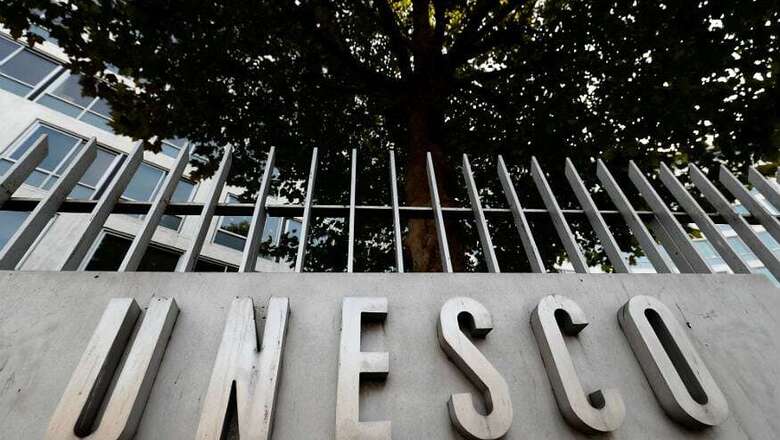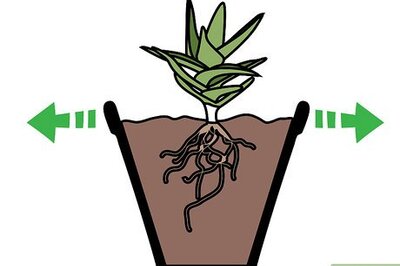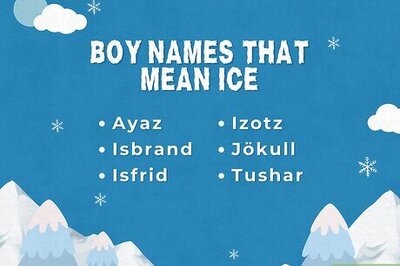
views
Half of the world's school and university students affected by class closures because of the coronavirus outbreak -- from pre-primary to university level -- do not have access to a computer for home-schooling, the UN's educational agency said Tuesday.
Highlighting "startling digital divides" between the rich and poor, a UNESCO statement added that 43 percent of young people have no access to internet at home.
This means roughly 826 million students have no home computer and some 706 million no internet at a time when "distance learning" is the only option available for most, with school closures in 191 countries of the world, UNESCO said.
"Disparities are particularly acute in low-income countries: in sub-Saharan Africa, 89 percent of learners do not have access to household computers and 82 percent lack internet access," the agency said.
The figures are based on data from UNESCO's Institute for Statistics and another UN agency, the International Telecommunication Union.
About 56 million students -- almost half of them in sub-Saharan Africa -- live in places with no mobile networks for accessing internet on a phone, the statement said.
"We now know that continued teaching and learning cannot be limited to online means," UNESCO Director General Audrey Azoulay said in a statement.
"We must also support other alternatives including the use of community radio and television broadcasts, and creativity in all ways of learning."
Globally, at least 1.5 million students and 63 million primary and secondary teachers are affected by the unprecedented shuttering of schools in response to the COVID-19 pandemic, the agency said.
"Even for teachers in countries with reliable information and communication technology (ICT) infrastructure and household connectivity, the rapid transition to online learning has been challenging," it added.
"For teachers in regions where ICT and other distance methodologies are less available, the transition has been even more difficult or impossible."




















Comments
0 comment